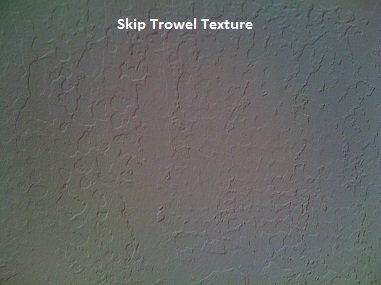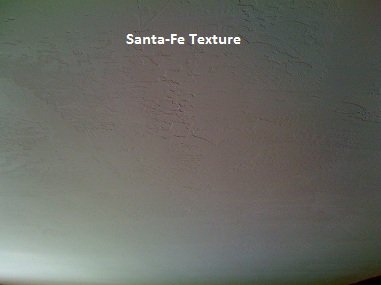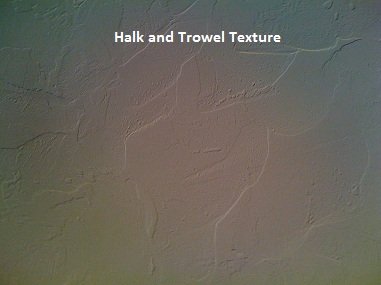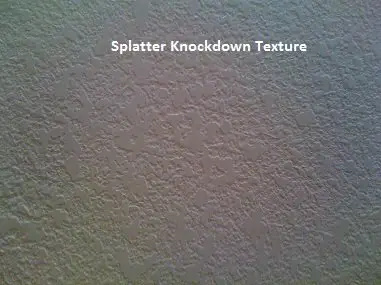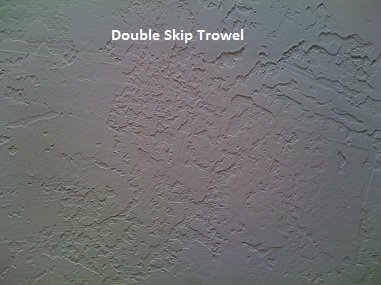
Drywall Texture
Drywall texture can greatly affect the look and feel of a room. When designing interior finishes including paint colors and trim packages, it is important to also consider the type of drywall texture that will be used. Different drywall textures can be combined with faux-finish paint techniques to create unique and stunning wall finishes. A well-done drywall texture can complement not only the color scheme of a room but also the trim, and furniture choices.
How to choose the right drywall texture
When choosing drywall textures you should consider the architecture and overall design plan of a room. Some drywall textures are thick with deep crevices and high sweeping peaks. These types of drywall textures are best suited for rooms with a more rustic or old-world feel such as large rooms with high ceilings and dramatic features such as wooden beams or fireplaces with tall chimneys.
Sometimes silica sand is added to drywall textures to enhance the look. Thicker textures with deeper features are good candidates for silica sand. Some examples of thicker textures are Old World Tuscan, Spanish Trowel, or Heavy Hawk and Trowel Texture.
Other drywall textures are thin with gradual, slight differences in depth and height. These types of drywall textures accentuate the look of southwestern-style homes with low ceilings where light sources hit the surface from an angle as if darting across the surface. The lower profile drywall textures create a look of gentle shadows and bright spots in non-uniform patterns.
Low-profile drywall textures are generally best for the majority of residential applications today. Some examples of these lower profile drywall textures are Santa-Fe Texture, Splat-Knockdown, Thin Hawk and Trowel, Stomp Knockdown, or Orange Peel.
Finally, yet not to be overlooked is smooth wall drywall finish which can be considered a type of drywall texture. In most residential applications Smooth Wall can tend to be boring. However, in the right setting, smooth wall drywall finish can complement contemporary, uncluttered interior design plans, not detracting from the smooth lines of other elements.
Commercial applications like offices with architectural soffits or floating ceilings are good places to use smooth wall finishes. Smooth Wall drywall finish is a good choice for residential construction if the design favors a contemporary interior design plan. Creating smooth wall usually requires a level five finish.
Smooth wall when completely finished, is not actually perfectly smooth. Once painted, it ends up having a very light orange peel texture. This is not to be confused with orange peel drywall texture that is sprayed using a texture gun.
What are some options for drywall texture?
Drywall texture is a matter of personal preference limited only by the skill level or the imagination of tradesmen. Most drywall textures fall into one of two groups, hand textures, or spray textures. You can read more about different types of drywall texture by following this link. That page contains links to several articles that describe how to apply various drywall textures.
It is good to remember that drywall texture styles vary by city and region. Drywall tapers in one area of the country may be skilled in applying only one or two types of drywall textures. As you travel the country you may notice these differences. Besides the difference in appearance, the names used for drywall texture may vary by region. Skip Trowel in one part of the country may be referred to as Hawk and Trowel in another part of the country. Splat Knockdown in one part of the country may be called French Lace or simply Knockdown.
Certain textures are better suited for walls than ceilings. Please read this article to learn more about which types of texture are better on walls vs ceilings.
How to match Drywall Texture when repairing drywall
Matching drywall texture can be difficult. It takes as much finesse as it does knowledge and ability. We have put together 5 of our best tips for matching drywall texture. Done properly, almost any drywall texture can be repaired seamlessly.
How to do various Drywall Textures
The following images are a small sampling of various types of drywall texture. You can click on the photos to see enlarged versions of each texture. Also, clicking on the headings will take you to articles that explain how to do each texture.

